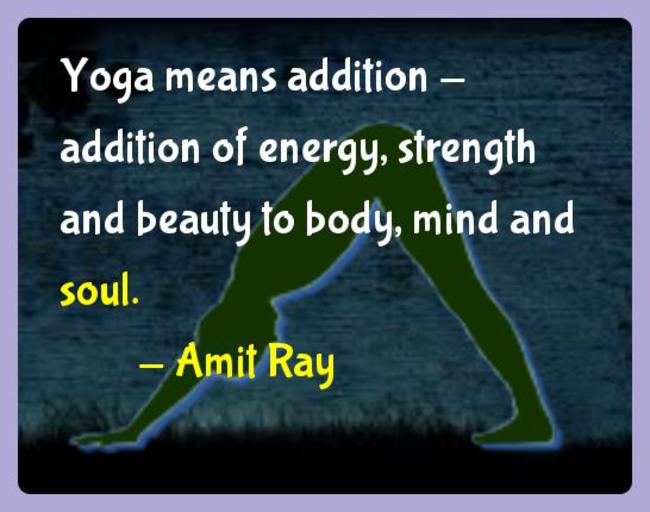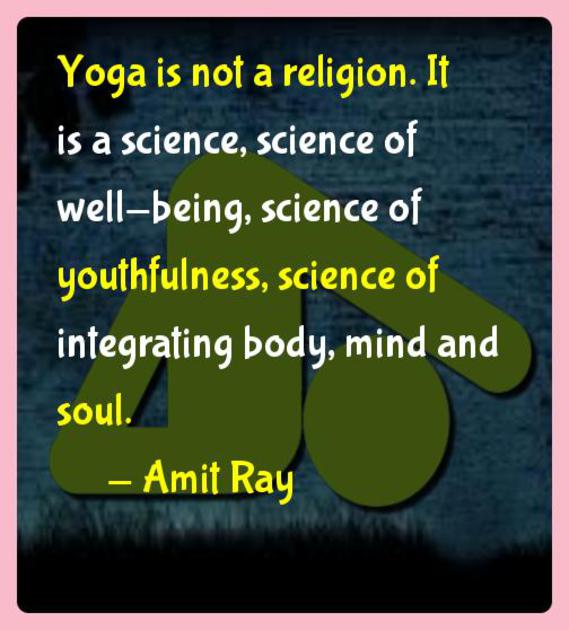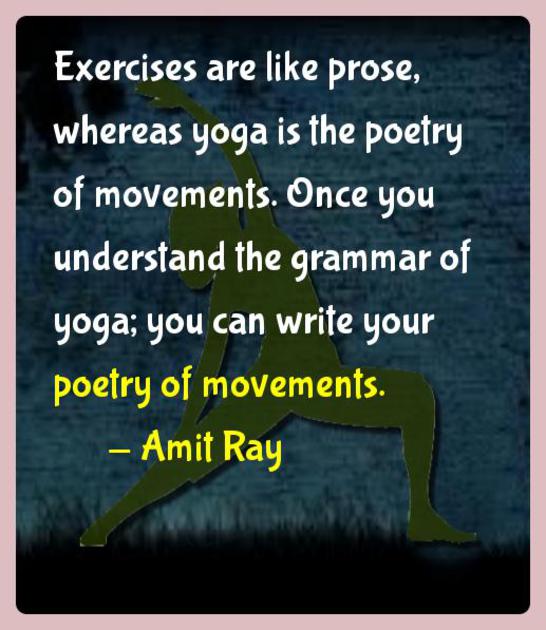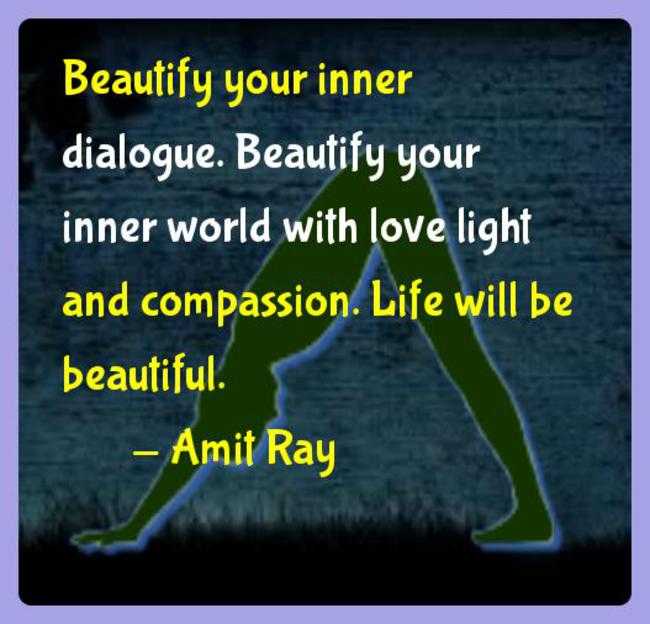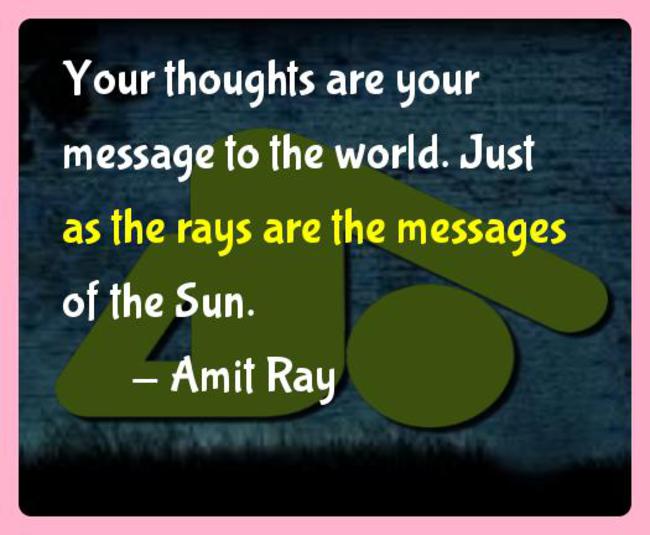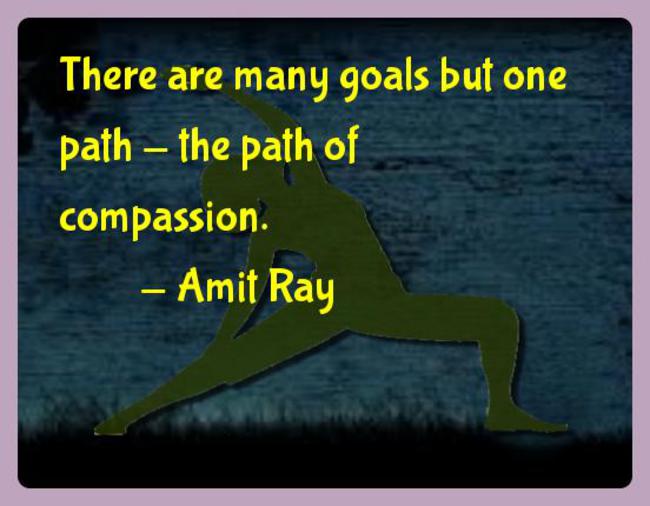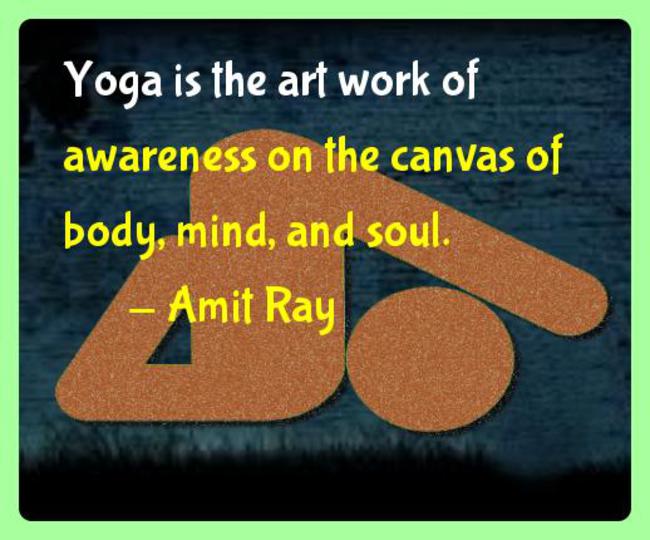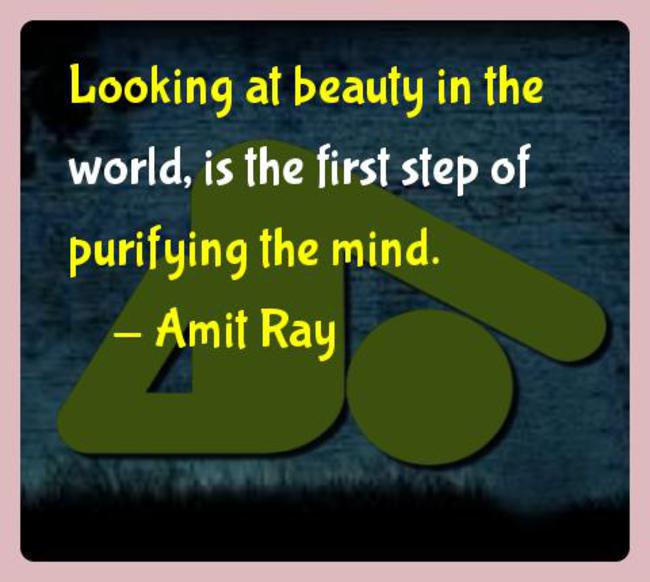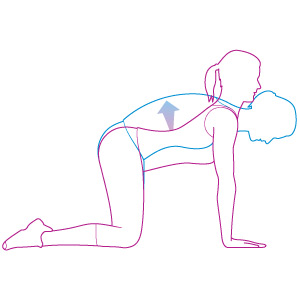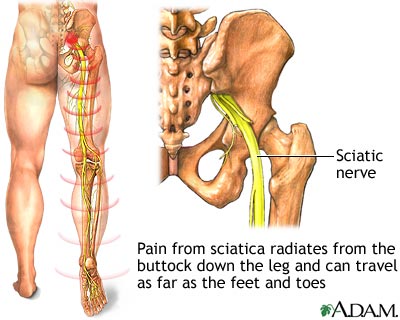 Dr Amit Ray is known to the world for his teachings on meditation, yoga, peace and compassion. He is best known for his Om meditation and integrated yoga and vipassana meditation techniques. He is author of several books on meditation and other spiritual topics. Ray has many useful things to say about beautification of life. Here are 7 of my favourite fundamentals from Amit Ray.
Dr Amit Ray is known to the world for his teachings on meditation, yoga, peace and compassion. He is best known for his Om meditation and integrated yoga and vipassana meditation techniques. He is author of several books on meditation and other spiritual topics. Ray has many useful things to say about beautification of life. Here are 7 of my favourite fundamentals from Amit Ray.
1. Beautify your inner dialogue
“Beautify your inner dialogue. Beautify your inner world with love light and compassion. Life will be beautiful.” – Amit Ray
True Beauty, comes from within. Inner beautification refers to a state of being mentally and spiritually at peace, with enough knowledge and understanding to keep us strong in the face of discord or stress. It is a state where our mind performs at an optimal level positivity of joy, happiness and tranquillity. It is associated with bliss, happiness and contentment. Inner beautification is the opposite of being stressed or anxious. It is freeing the mind from negative energies of anger, depression and frustration. It is also freeing the mind from inner critic.
2. Living in the moment
“If you want to conquer the anxiety of life, live in the moment, live in the breath.” – Amit Ray
Living in the moment eliminates stress, strain and anxiety. Generally, we remain excessively preoccupied with our thoughts of the past and plans for the future and that drains our energy. Best way of living in the moment is focusing on a single-task. Focus on what you’re doing. When you’re eating, just eat. When you’re bathing, just bathe. If you are too fast, learn to live slowly. Let your breath act as an anchor in every stressful situation of life.
3. Send positive energy to the world
“It does not matter how long you are spending on the earth, how much money you have gathered or how much attention you have received. It is the amount of positive vibration you have radiated in life that matters.” – Amit Ray
In this fast paced, technology driven world often life brings new challenges which creates stress, strain and anxiety. Moreover, newspaper, television and the media are continuously pouring negative information. If we live from the surface of our mind, we will be unable to handle the situations of life. We need to learn go deep and go within and that will give us positive energy which we can spread to the world.
4. Take action and extend your limit
“It is not over. Champions extend their limits and make things happen.” – Amit Ray
We need to take action. Without taking action very little can be done. It is very easy to get locked into a reactive mindset. It is easy to get lost in the middle. The resistance to action comes from your imagining negative future consequences – or reflecting on past failures. And so you get lost in your circumstances. You tend to feel powerless and like you are just drifting along. But you can rule the circumstances, if you are proactive. Taking action can be hard and difficult. There can be much inner resistance. But living proactively is much more rewarding and exciting.
5. Live with Compassion
“When the Sun of compassion arises darkness evaporates and the singing birds come from nowhere.” – Amit Ray
Compassion brings lasting happiness. Compassion is the desire and actions to reduce the suffering of others. Living with compassion means striving to maximize the good we accomplish, not following a rigid set of rules or trying to fit a certain label. It is everyday doing something good for the benefit of all beings. Make someone happy.
6. Take care of your Thoughts
“Your thoughts are your message to the world. Just as the rays are the messages of the Sun.” – Amit Ray
Just pay attention to your thoughts. You can see that many thoughts are primarily fear-based and judgmental. Removing the activities, tasks and thoughts that are not so important frees up time and energy for you to do more of what you really want to do. Try to be choiceful about your thoughts.
7. Know your-self
“Self-observation is the first step of inner unfolding.” – Amit Ray
Self-discovery is the highest journey. The idea is to know yourself better. It is building a connection with your soul. It is an effort to understand your strengths and weaknesses, your passions and fears, your desires and dreams. It should be done in a non-judgmental way. It is to love yourself as you are and not as you should be. When you love yourself, you will know your uniqueness.
 Follow
Follow